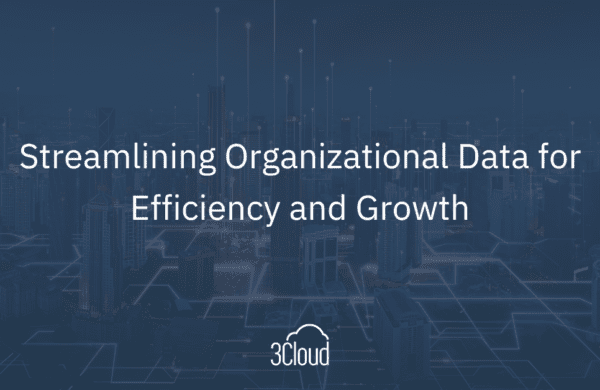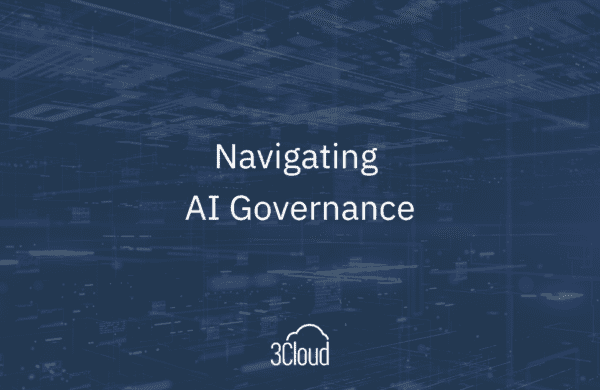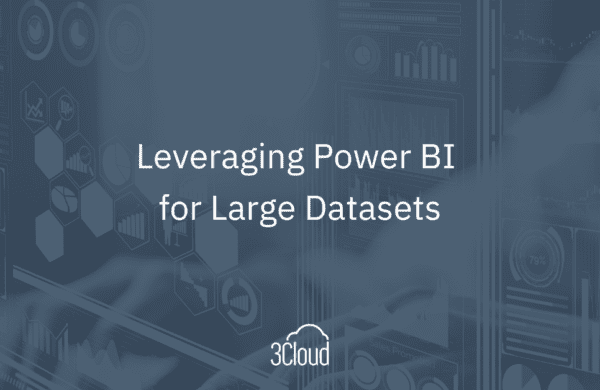Data Governance (DG) has become an essential opportunity for organizations to drive efficiency, business growth, and innovation. Time and time again, we hear from organizations who are procuring expensive technology to enable their DG initiatives. Conversely, we know from Gartner, that up to ninety percent of these programs fail on the first attempt. So, where are these organizations going wrong? Often, this high failure rate is due to organizations throwing technology at the problem, hoping that it will stick, without developing a real strategy to back up the investment.
Well, if you’re like many of these organizations who have previously failed DG initiatives, find yourself questioning which data is sensitive, or just inherited a disorganized mess, we understand and are here to help. The steps to a successful data governance strategy was detailed in one of our recent webinars.
Understanding Data Governance Frameworks
Data Governance is the organizational approach to data and information management, formalized as policies and procedures that encompass the full life cycle of data, including acquisition development, use, and disposal. If you were to go research different “frameworks for Data Governance, ” dozens of different models would present themselves to you, spanning different industries, methodologies, etc. Although they are all effective, the problem that organizations run into is that these frameworks are timely because they are so comprehensive. At 3Cloud, we slimmed down these different models based on the key challenges our clients were facing and focused on five key competencies:
- Program Management
- Metadata
- Data Quality
- Data Architecture
- Data Security and Privacy
Of the five key competencies, 3Cloud has seen that when an organization can effectively master the Program Management and Metadata Management, the DG failure rate drops drastically.
Understanding Metadata Management
What is Metadata?
Metadata is often simplified as being the “Data about Data”, but there’s a whole lot more to it. Metadata is the data that describes all aspects of an enterprise’s information assets and enables the enterprise to effectively manage and use these assets. There are three different types of metadata, and it’s important to have an idea of how they will all play into your Data Governance strategy. The three different types are business metadata, technical metadata, operational metadata.
- Business Metadata
This is business level concepts, and business terms and their conditions. This would typically fall into a business catalog. - Technical Metadata
This is your technical data that is being collected and may not be touched but is stored. This is the metadata about physical infrastructure that manages data, and the structure of physical data. - Operational Metadata
This is the metadata about events in the processing of data. This is data that’s moving across different systems before it is even consumed by an end-user.
Where is Metadata?
Metadata is everywhere! Metadata is anything from an invoice sitting on your colleagues’ desk to the data in a repository. This is great, but when you have so much metadata that is accessible cross-departmentally, you can see how it would be important to have it governed and under control. This fear of having ungoverned data often leads to eager companies ready to get ahead of potential messes. Before doing so, we recommend that a company prepare themselves with a full understanding of the different facets of metadata.
Metadata is more then technology. Below are some common metadata use cases.
- Data Dictionary – Requires definition refinement and approvals. Someone, at some point will need to go in and actually define the definitions in the data dictionary and keep up with it. Technology alone can not enable a “data dictionary”
- Business Glossary – Requires business context and approvals. The business needs to be involved. You need to have their context, definitions, workflows, and approval processes, among other things, to make the glossary even remotely useful.
- Data Asset Catalog – Development and maintenance – this is not always automated.
- Data Lineage – Data lineage needs to be updated/refreshed
- Data Standards– Needs to be written, approved and adhered to
At the end of the day, metadata management requires people, processes, standards, and workflows to be successful. This is a large reason why organizations fail and have a hard time leveraging the technology they procure; you need to have that foundational layer in place first.
Understanding Program Management
The enablement of the Program Management function is key to the overall success of metadata management. From a program management perspective, it’s important to look at multiple use cases. For example:
- Organizational Structure – Do you have the right people in place to support meta data management?
- Organizational Preparedness – Do you have sponsorship/support? Do you have budget and support cross departmentally?
- Strategic Positioning – Is everyone in the organization aligned? Are there blockers to leveraging technology?
- Education & Training – Do users understand their roles? How are you planning to implement, educate, and train your employees?
- Policies & Procedures – Are policies and procedures defined? Are they adhered too so that the meta data you’re collecting is protected?
Ultimately, program management must come first. Without it, the strategy will have no one to execute it.
Plugging in Technology – Don’t get the cart before the horse!
Technology is one of the largest decisions an organization will make when it comes to a Data Governance Implementation. Unfortunately, this is the step that most organizations jump to without consideration of metadata management and program management. When the time is right to procure technology, consider asking yourself and your organization the following questions:
- What capabilities and functionality does your organization need?
- What are the cost considerations?
- What considerations will need to be taken for your solution provider?
- How do the capabilities of the technology align to the objectives?
Bringing it all Together
At the end of the day, a successful Data Governance Strategy comes down to putting the people and processes first. Identifying how you will set up your Data Governance Strategy to be successful internally is the first step ; technology should come after. Understanding that technology can not be the glue that makes the strategy stick is your first step in enabling your company for a successful program.
To learn more about how to build a strong foundation for governed data insights and 3Cloud’s proven data governance framework, visit our website.




